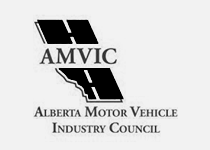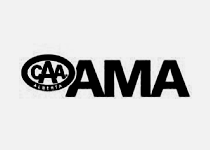Most people understand the difference between manual and automatic transmission, especially after purchasing their first vehicle. Aside from these popular options though, there is dual transmission. Dual transmission or dual clutch transmission (DCT) or DSG (dual shift gear box) has sparked a lot of interest in consumers after being adopted by high-end vehicle manufacturers such as Porsche and Ferrari. While they have created a lot of interest, dual transmission has also left many drivers scratching their heads. If you own or are thinking about purchasing a dual transmission vehicle, you will want to learn more about how it operates so that you can use it with the proper care.
DUAL TRANSMISSION: WHAT YOU NEED TO KNOW
New is not always better, especially when it comes to a vehicle’s transmission. While there are some advantages to a new transmission, there are even more advantages to opting for a rebuilt version instead. Here are just some pros and cons of a rebuild:
- What is dual transmission? – You may have guessed from its name that dual transmission combines automatic and manual transmission as an automated manual transmission in an attempt to offer drivers the best of both worlds.
- How does it drive? – Dual transmission vehicles usually operate like an automatic vehicle, without a clutch pedal and simplified PRND gear selector. The difference is that these vehicles can also be controlled via paddle shifters that allow drivers to shift gears manually if they so desire.
- How does it work? – Dual transmission vehicles have two separate clutches, one for odd gears and one for even gears. When driving, one clutch will have the odd gear engaged and the computer will determine which even gear you will need next. When you switch clutches, it will have the correct gear ready, allowing you to drive in automatic or manual modes depending on the driving conditions or your mood.
- What are the advantages of dual transmission? – Along with faster speeds, a dual transmission offers drivers better fuel economy, faster gear shifting, and ease of operation.
- What are the disadvantages of dual transmission? – Unfortunately, not everything about these vehicles is perfect. They currently come with a large price tag, and a bulky package since the weight and size of the dual transmission is quite big.
- What special care considerations are there? – Just as any vehicle has unique maintenance concerns, you will want to carefully choose when you use both sides of your dual transmission. When driving in stop and go traffic, automatic is preferable, while manual settings may be engaged and more enjoyable on open roads or highways. Transmission maintenance is key for these vehicles, especially fluid changes for city drivers, since clutches may be constantly engaged and will wear out over time.
National Transmission is here to help you get the most out of your vehicle, whether it is an automatic, manual or dual transmission ride. If you need transmission repairs in Medicine Hat, Calgary, or surrounding area, our team can help. Book your transmission maintenance appointment today by calling one of our locations or schedule your appointment online.





